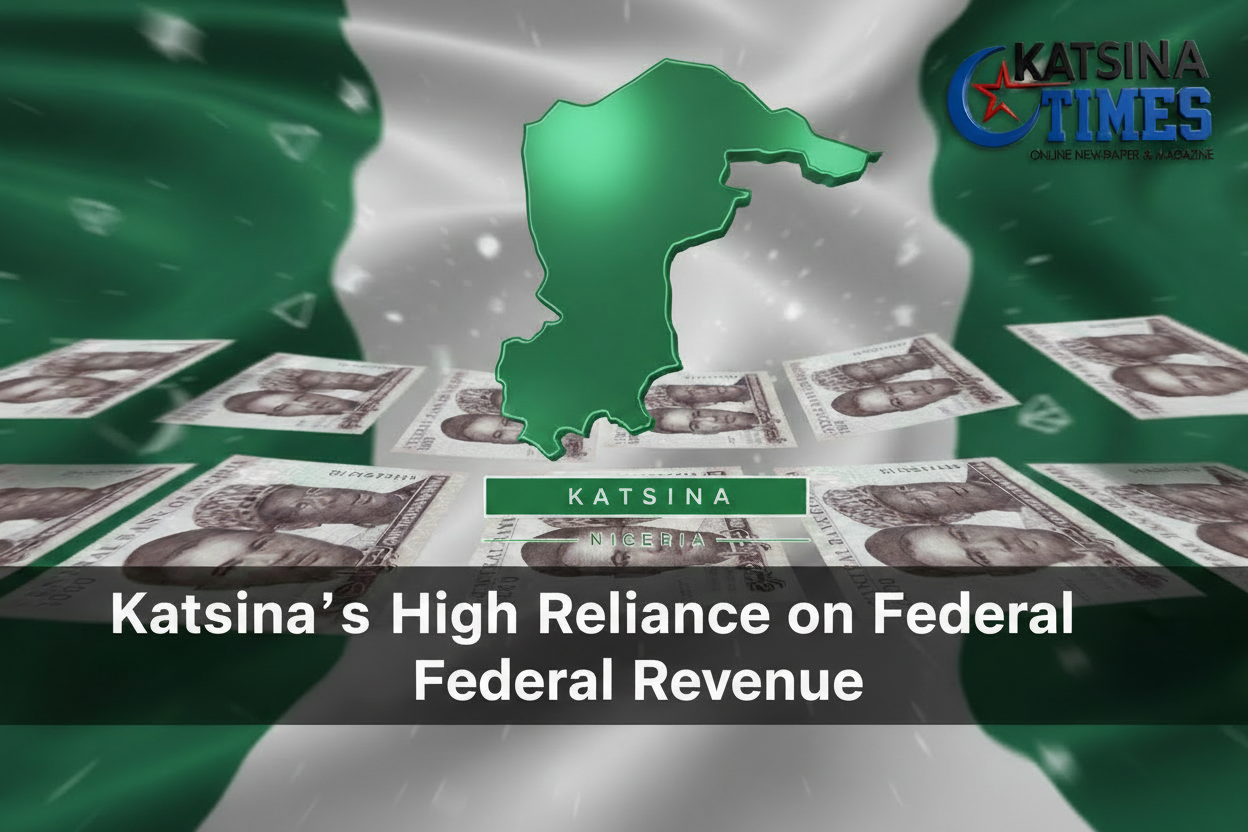Katsina’s High Reliance on Federal Revenue

By Zaharaddeen Ishaq Abubakar | Katsina Times
A new BudgIT State of States Report 2025 shows that Katsina remains among Nigeria’s most FAAC-dependent states, relying heavily on federally shared revenue to run its daily operations.
Data from 2024 indicates that Katsina received N256.8bn from FAAC out of its total N320.1bn revenue, reflecting an 80.23 percent dependence ratio. This places the state firmly among those with the weakest internally generated revenue (IGR capacity).
The report notes that only a few states have reduced FAAC reliance to below 70 percent. Lagos, Ogun and Kaduna lead this category, driven by stronger internal economic activities that boost their IGR performance.
Katsina’s dependence underscores slow progress in expanding internal revenue channels. Economists warn that such reliance exposes states to fiscal shocks particularly fluctuations in oil earnings and exchange-rate volatility which directly affect FAAC allocations.
According to the report, Katsina has significant potential to grow its internal revenue through improved agriculture value chains, support for small and medium industries, and strengthened tax administration. Experts argue that diversifying revenue sources is crucial for reducing exposure to federal fiscal risk and improving capacity for development spending.
Nationwide, more than half of Nigeria’s states depend on FAAC for over 70 percent of their revenue. Ogun (24.88 percent) and Lagos (29.87 percent) stand out as the least dependent.
Economists emphasise that states must deepen economic reforms, attract investment, and stimulate productivity if they intend to achieve fiscal sustainability and reduce vulnerability to federal revenue fluctuations.

